Jewish Attractions
Rich history of Jews in Bosnia & Herzegovina
Jewish Attractions
The Jews of Bosnia & Herzegovina or Bosnian Jews have a rich and varied history in this country, after having been established as a result of the Spanish Inquisition. Judaism and the Jewish community in Bosnia & Herzegovina is more than 400 years old, in terms of permanent settlement, when the first Jews arrived in Sarajevo as early as 1541. Then a self-governing province of the Ottoman Empire, Bosnia was one of the few territories in Europe that welcomed Jews after their expulsion from Spain. The first Jews built their own quarter in Sarajevo, dubbed El Cortijo (the courtyard), in 1577 with permission from the pasha Siavush. The community built a synagogue in 1580 that is now known as old Jewish Cathedral, Sarajevo’s first synagogue.
Map of religion attractions in Bosnia & Herzegovina can be viewed here: https://bosnia4u.com/2017/11/26/bh-tourist-map-2/.
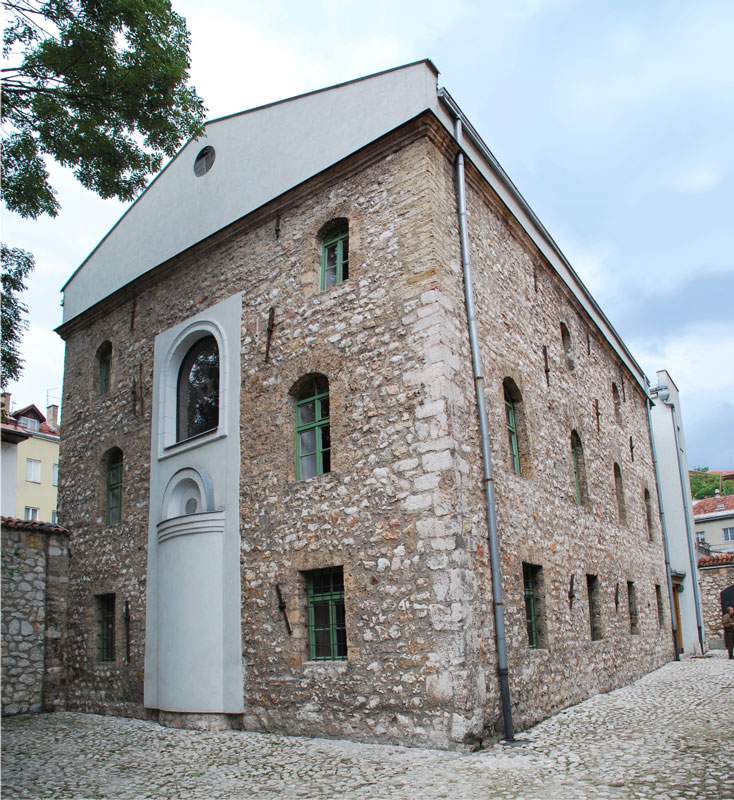
In the 17th century, Jews of Ashkenazi descent began arriving in Sarajevo, fleeing persecution from Europe. The Jews already established in the city were of Sephardic descent, and the two communities remained separate until the advent of World War II. Besides Sarajevo, large Jewish communities in Banja Luka, Tuzla and Zenica were active, as well as some smaller ones in other cities.
At its peak, the Jewish community of Bosnia numbered between 14,000 and 22,000 members in 1941. Of those, 12,000 to 14,000 lived in Sarajevo, comprising 20% of the city’s population. Today, there are an estimated 1,000 Jews living in Bosnia and Herzegovina, recognized as a national minority. They enjoy excellent relations with their non-Jewish neighbors and with the Bosnian government, as it was throughout history.
Jewish attractions include:
- Old Synagogue and Jewish Museum, Sarajevo – A Sephardi synagogue together with a large inn named the Great Courtyard is known to have been built in 1581 with the donation of Turkish Beylerbey Sijamush Pasha to help the poor members of the Jewish community in Sarajevo. It endured two fires in 1697 and 1768. The temple’s current looks stems from restoration/renovations in 1821. It now serves as a Jewish museum.

- New Synagogue, Sarajevo – Built alongside the Old Temple, today it serves as an art gallery owned by the Jewish community of Sarajevo.
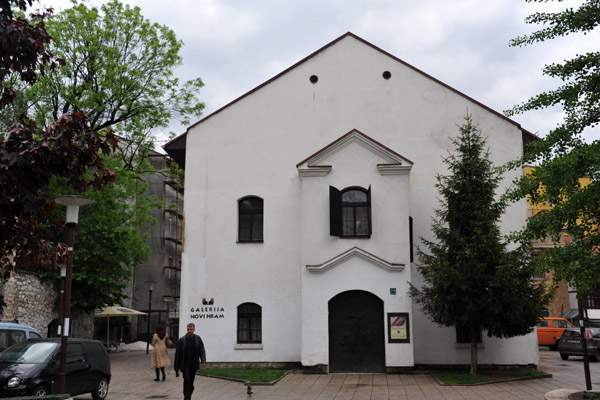
- Il Kal Grande, now Bosnian Cultural Center, Sarajevo – The Great Sephardic Temple, Sarajevo’s largest synagogue, was able to accommodate about 2,000 worshipers. Construction on the temple lasted from 1926 to 1930. It was built in the Pseudo-Moorish style according to designs by Rudolf Lubinski, with a distinctive elliptical copper cupola, and was the third largest in Europe at that time. The temple and adjacent buildings were demolished during WWII Sarajevo occupation by Germans. In 1948 the war-ravaged Jewish municipality of Sarajevo bequeathed the temple to the City of Sarajevo. The building was renovated and rebuilt in 1964 and a monument in the shape of a stone menorah was placed in the portico, meant to serve as a testament to the many hundreds of years that Jews had lived in Sarajevo.
- Ashkenazi Synagogue, Sarajevo – The largest existing synagogue in Sarajevo. Designed by Karel Pařík and built in 1902 for the growing Ashkenazi community in the Moorish Revival architectural style.
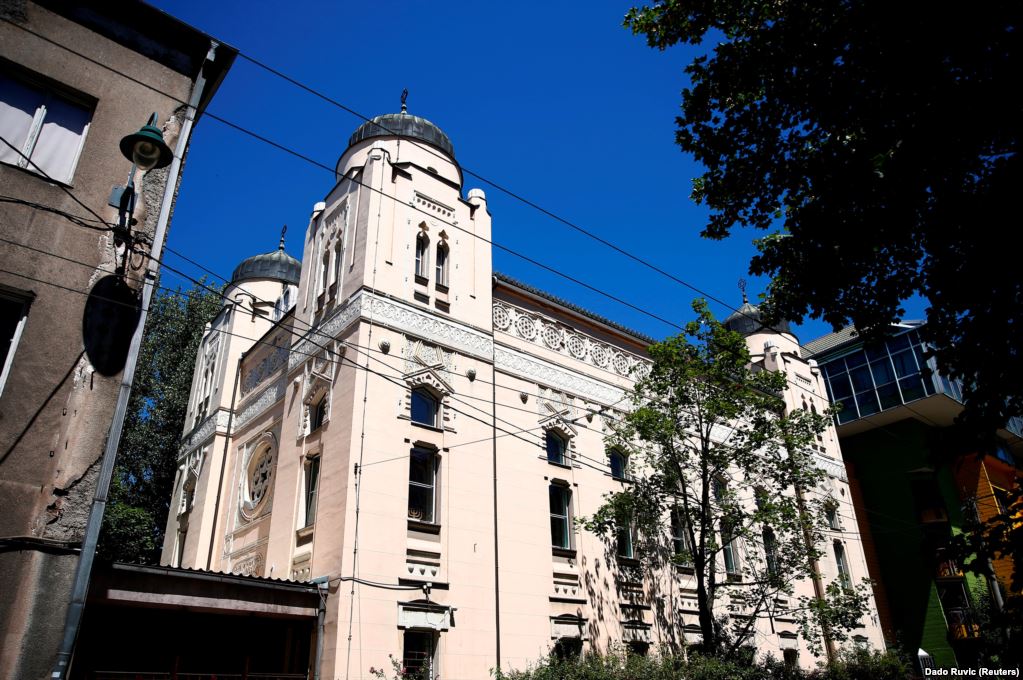
- Mejtas Synagogue, Sarajevo – At the corner of Sepetarevac and Ivana Cankara streets, just below Bjelave, where Jews once lived. The only identifying marks on the dilapidated gray stucco building are medallions with Stars of David and menorahs.
- Old Jewish Cemetery, Sarajevo – Tourists come to the hillside Jewish cemetery in Kovacici for the magnificent view. Visitors enter through a triple arch and ascend a path to the right of which are old crouching lion tombs with Hebrew and Ladino inscriptions. Though established by Sephardic Jews in 1630, in 1950 the cemetery became the burial site for remains from two Ashkenazic cemeteries that were exhumed. The cemetery has two Holocaust memorials, a Sephardic one erected in 1952 and an Ashkenazic one built in 1962. In 2017 the cemetery has received the UNESCO World Heritage Site nomination from the local authorities.
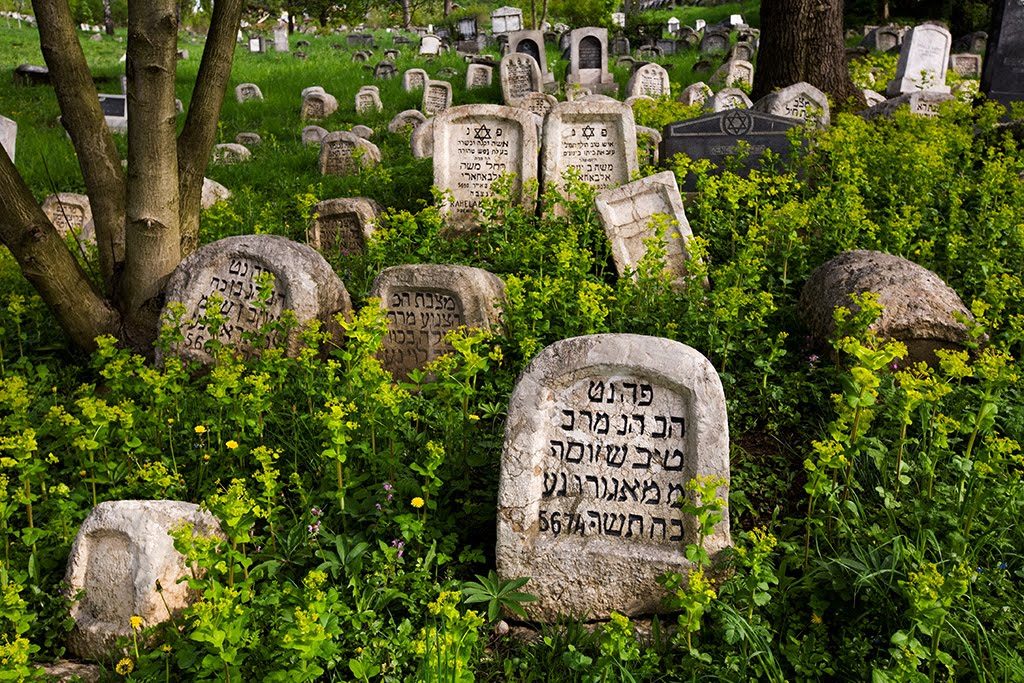
- Sarajevo Haggadah – The 14th-century Sarajevo Haggadah is the city’s most famous Jewish treasure. In one of its 34 brilliantly colored, full-page illustrations, Potiphar’s wife grasps Joseph’s red cloak as she attempts to seduce him. Created in Spain, it is perhaps the most valuable illuminated Jewish manuscript. It was rediscovered in 1894 when a destitute child brought it to school to sell. It passed into the possession of the Sarajevo Museum, where it was hidden from the Nazis during World War II and then hidden again during the Bosnian War. It may be viewed along with other manuscripts by advance arrangement at the National Museum of B&H. Recently, the Sarajevo Haggadah has been nominated for UNESCO’s Memory of the World Program. The Haggadah was recently entered into UNESCO’s Memory of the World collection. More about that here.

- Burial site of Rabbi Moshe Danon, Stolac (1832, The Sarajevo Megilla)
- Rogatica Jewish Cemetery: established in 1900, it hosts 16 tombstones plus 10 others probably older, stones sunk in the ground. Tombs hold inscriptions in Hebrew, Ladino and Serbo-Croatian. There is also a memorial to the victims in the Second World War
- Synagogue in Zenica (now museum)
- Synagogue in Doboj
- Synagogue in Mostar (now a theater)
History of Jews in Bosnia & Herzegovina is rich and long…



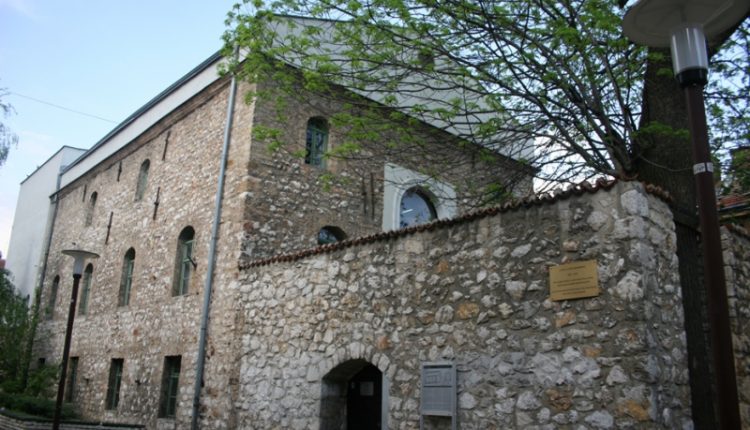
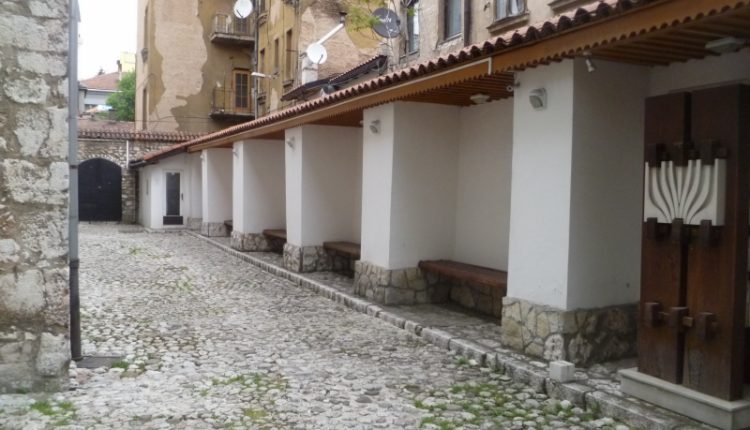
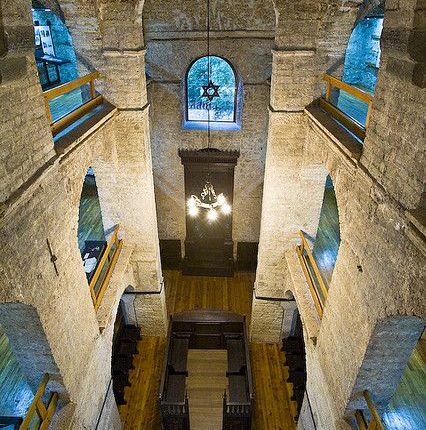
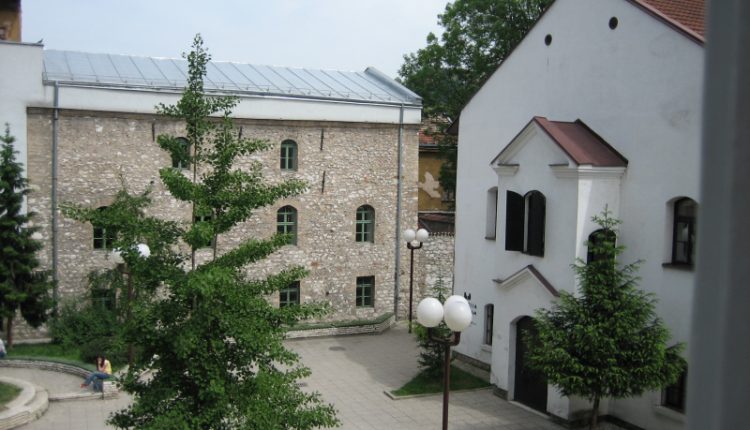
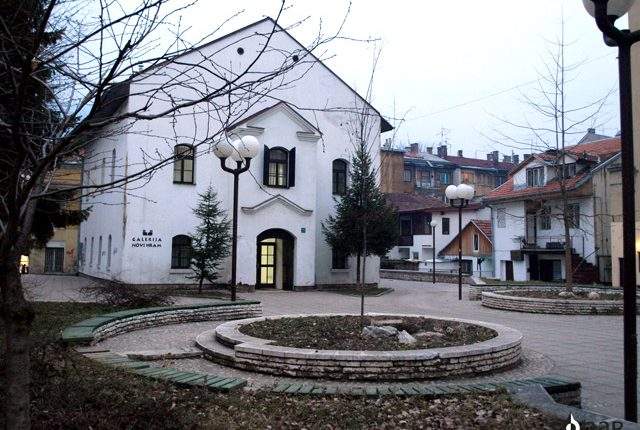
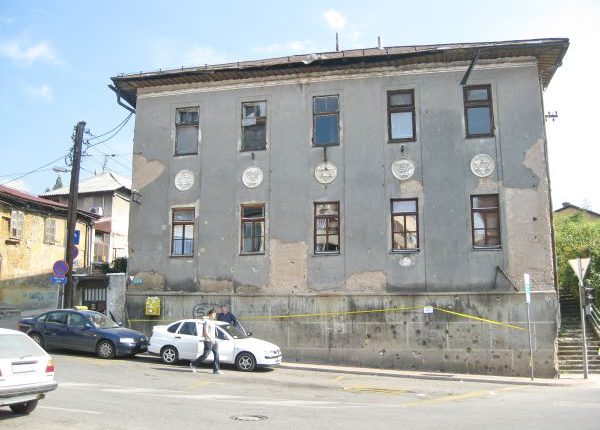
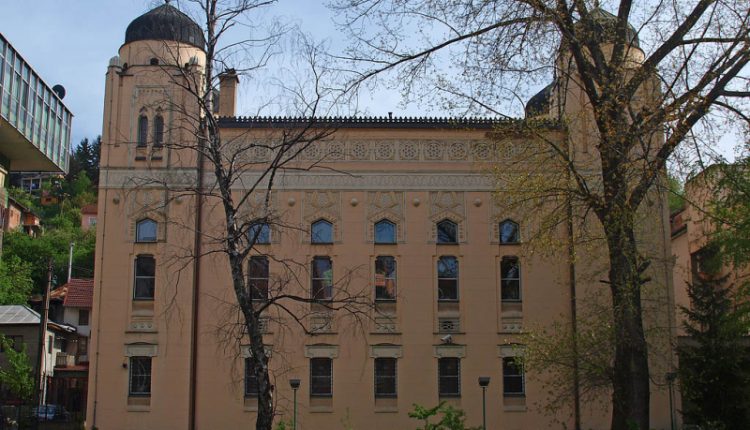
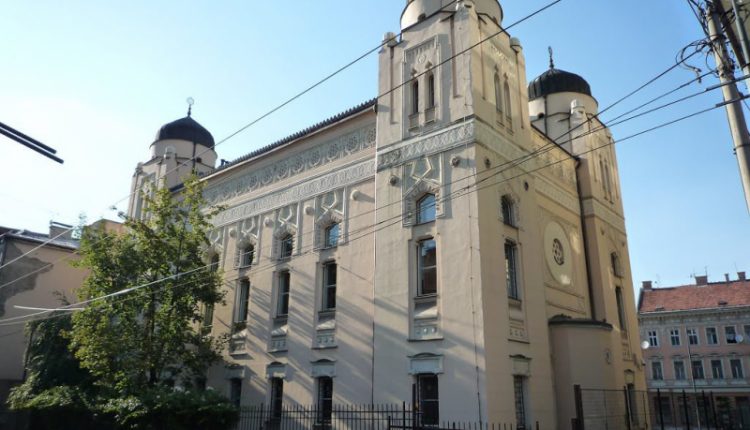
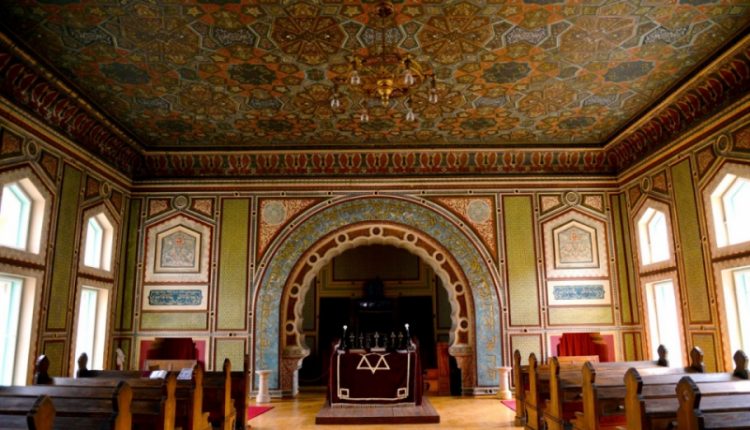


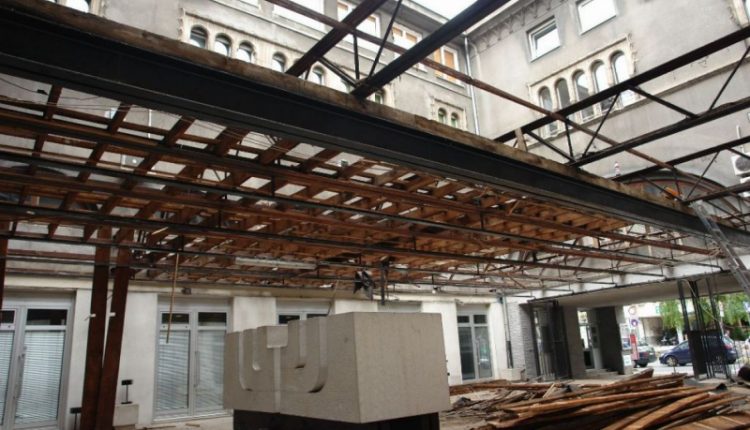


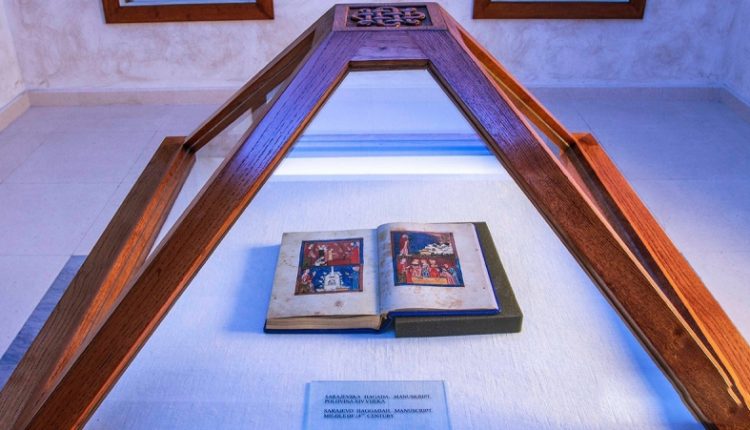

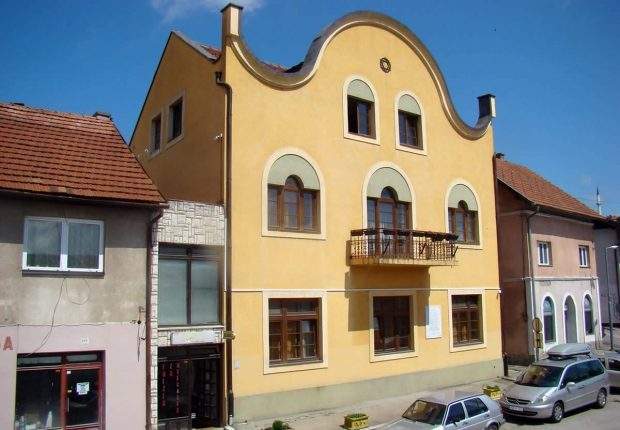
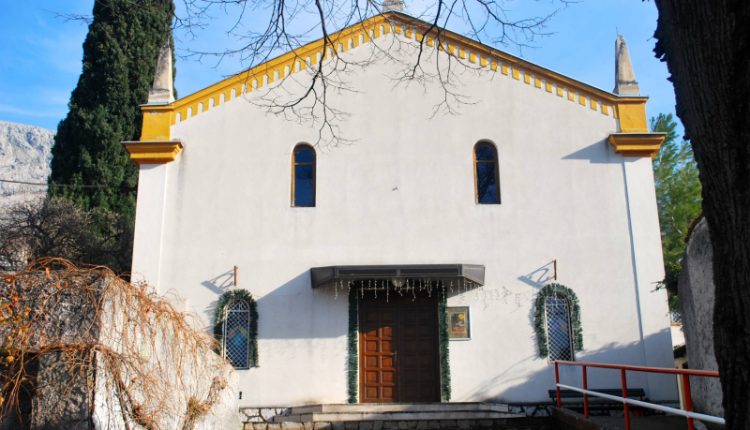

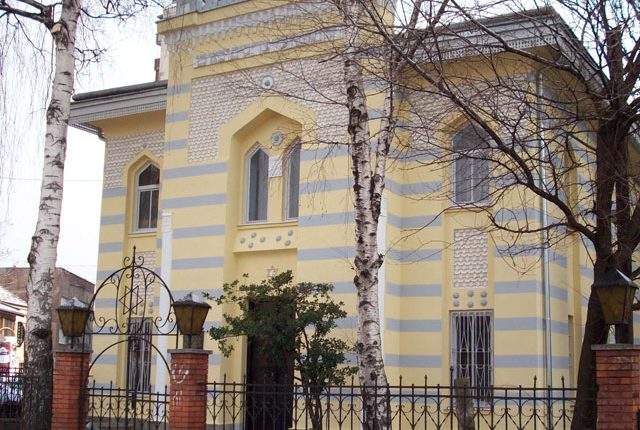
Comments are closed.